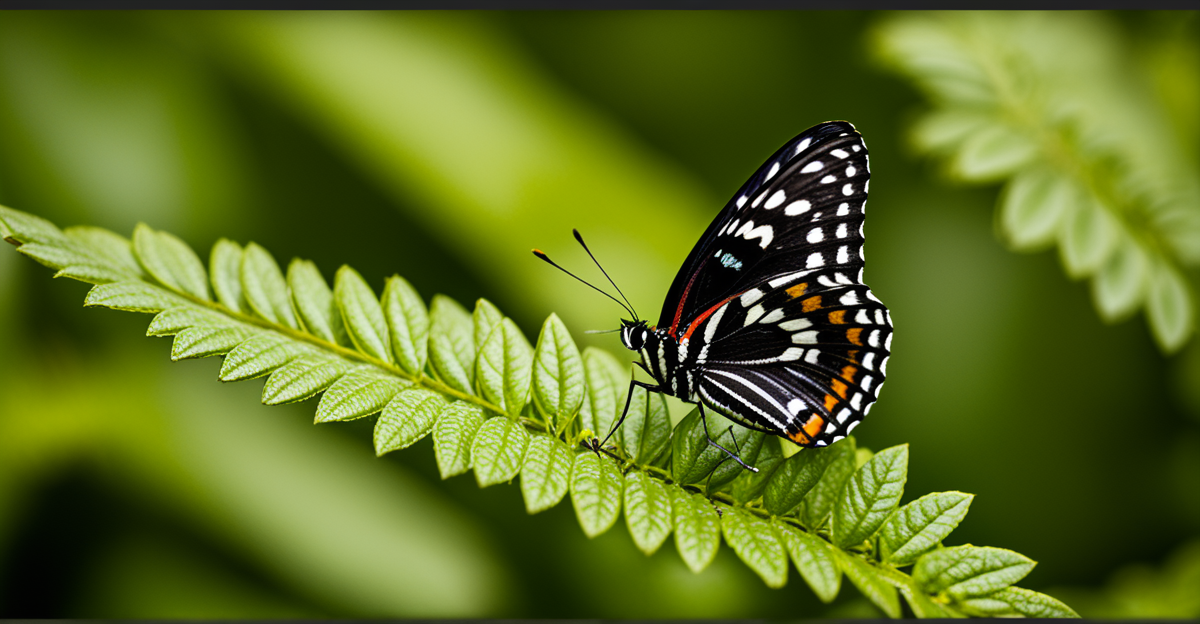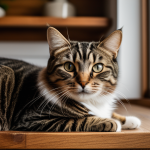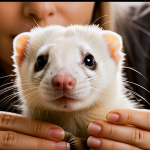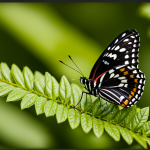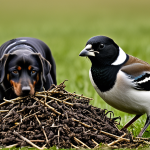Essential Native Plants for UK Gardens
Attracting native butterflies begins with planting must-have native plants that serve both adult butterflies and their young. These plants fall into two key categories: rich nectar sources and larval food plants essential for caterpillar development. For example, violets and bird’s foot trefoil are celebrated UK butterfly garden plants widely known for supporting caterpillars of species like the Small Tortoiseshell and Common Blue respectively.
Nectar plants, such as thistles and knapweed, provide vital energy for butterflies while encouraging prolonged visits and pollination. Meanwhile, larval food plants ensure the survival of butterflies by nurturing caterpillar growth. Choosing plants native to the UK not only benefits local butterflies but also supports broader butterfly populations by providing familiar and reliable habitats that exotic species cannot offer.
A découvrir également : Uk dog owners: unique strategies to safeguard ground-nesting birds
Supporting these native butterflies requires understanding plant characteristics like flower structure and seasonal bloom times, which align with species’ feeding habits. By integrating these must-have native plants into your garden, you create a dynamic ecosystem, fostering biodiversity and actively contributing to boosting butterfly populations in the UK’s unique environment.
Essential Native Plants for UK Gardens
Selecting must-have native plants is crucial for creating a thriving habitat that supports native butterflies and actively contributes to boosting butterfly populations. These plants fall mainly into two types: nectar sources for adult butterflies and larval food plants essential for caterpillar development. For example, UK butterfly garden plants such as bird’s foot trefoil provide caterpillars of the Common Blue butterfly a vital food source, ensuring their survival through the larval stage.
A voir aussi : Exploring the uk’s legal strategies to combat wildlife poaching
Understanding the characteristics of these plants helps gardeners choose the best species for their gardens. Nectar-rich flowers attract butterflies by offering them energy, while larval food plants supply the necessary nutrients for growing caterpillars. The presence of both types within the garden forms a complete ecosystem supporting the entire butterfly lifecycle.
By planting native species adapted to local conditions, gardeners not only encourage visits by familiar butterfly species but also enhance overall garden biodiversity. This strategy helps stabilize and increase populations of native butterflies, making the garden a lively, sustainable habitat that plays an active role in conservation efforts throughout the UK.
Essential Native Plants for UK Gardens
The foundation of supporting native butterflies lies in selecting must-have native plants that perform distinct roles: as nectar sources for adults and larval food plants for caterpillars. Nectar sources provide energy vital for butterfly flight and reproduction, while larval food plants ensure caterpillars receive the nutrients needed for successful development.
Crucial UK butterfly garden plants include violets, bird’s foot trefoil, and nettles. For instance, bird’s foot trefoil feeds Common Blue caterpillars, while nettles are indispensable for the Peacock butterfly’s larvae. These species embody the link between plant choice and boosting butterfly populations, as larvae depend narrowly on native flora, making garden plant composition pivotal.
Key plant traits involve bloom timing that matches butterfly activity and flower structures favoring butterfly feeding. Native plants are adapted to local climates and soil, increasing their survivability and effectiveness in sustaining butterflies. Gardens combining both nectar-rich flowers and larval hosts create balanced habitats supporting all life stages of UK butterflies, directly contributing to conservation efforts and enriching garden biodiversity.
Essential Native Plants for UK Gardens
Core species and their vital roles
To support thriving native butterflies, gardeners must focus on must-have native plants that serve dual roles within the butterfly lifecycle: nectar sources for adults and larval food plants essential for caterpillar growth. Effective UK butterfly garden plants include violets, nettles, and bird’s foot trefoil, each closely linked to specific native butterfly species.
For example, nettles are indispensable larval hosts for the Peacock butterfly, while bird’s foot trefoil sustains Common Blue caterpillars. These plants’ characteristics—such as bloom timing and flower structure—are finely tuned to butterfly needs. Nectar-rich flowers provide vital energy enabling butterflies to fly, mate, and lay eggs, directly aiding boosting butterfly populations.
Crucially, native plants thrive in UK soil and climate, making them more resilient and dependable food sources for native butterflies than exotic alternatives. Integrating these plants creates a balanced ecosystem: adult butterflies receive nectar sustenance, and larvae develop on host plants, increasing survival chances of local butterfly species. Thus, selecting and planting appropriate must-have native plants is a fundamental step in enhancing garden biodiversity and conserving native butterfly populations.
Essential Native Plants for UK Gardens
Choosing the right must-have native plants is fundamental for supporting native butterflies and boosting butterfly populations in UK gardens. These plants typically fall into two main categories: nectar sources for adult butterflies and larval food plants critical for caterpillars.
UK butterfly garden plants like violets, nettles, and bird’s foot trefoil are indispensable. For example, bird’s foot trefoil provides essential nourishment to Common Blue caterpillars, while nettles serve as the larval food plant for the Peacock butterfly. Such specific plant-host relationships highlight why native plants are preferred—they have co-evolved with butterfly species, ensuring compatibility.
Regarding nectar sources, plants with flowers structured to accommodate butterflies’ feeding habits increase garden visitation. The timing of flowering is equally important, ensuring food availability across butterfly active seasons.
Incorporating a variety of these native plants creates a balanced ecosystem that supports all butterfly life stages. This diversity not only enhances garden biodiversity but also actively contributes to boosting butterfly populations by providing reliable, seasonal resources tailored to local species’ needs.

